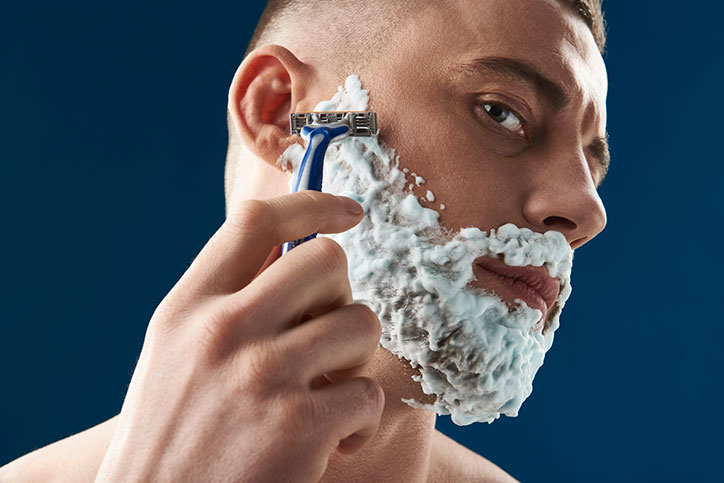
A smooth, irritation-free shave isn’t just about technique—it’s also about understanding the tool doing all the work: the razor blade. While shaving might seem like a simple daily task, there’s a surprising amount of science behind getting that perfectly close shave. From blade angles to hair structure and skin tension, here’s what’s really happening when the blade glides across your skin.
Human hair is surprisingly strong—some say it’s as tough as copper wire of the same diameter. To cut it cleanly without tugging or pulling, razor blades need to be incredibly sharp, with edge thickness measured in nanometers. Most modern blades are made from stainless steel and coated with materials like Teflon or chromium to reduce friction and prevent corrosion.
When you shave, the blade doesn’t just slice through the hair at the surface. Thanks to the elasticity of skin and the way hair responds to pressure, the hair is often lifted slightly by the blade before it’s cut. This effect, known as “hysteresis,” is what allows multi-blade razors to get a closer shave. The first blade gently pulls the hair up, and the following blades cut it lower than skin level.
The angle of the blade edge is critical. If it’s too blunt, it won’t cut efficiently and may cause irritation or pulling. Most razor blades are honed to a fine angle between 20 to 30 degrees. This ensures a sharp edge that can slice cleanly through hair while minimizing the risk of nicks and cuts.
In safety razors and cartridge razors alike, the handle design and head geometry work together to maintain the optimal cutting angle. A proper shaving technique—holding the razor at about a 30-degree angle to the skin—is key to making the most of this design.
When you shave, the skin’s flexibility plays a huge role. A taut surface allows the blade to move more easily and reduces the risk of cuts. That’s why it’s recommended to shave with short strokes and stretch the skin gently with your free hand.
Lubrication also matters. Shaving creams, gels, and soaps reduce friction, create a cushion between blade and skin, and help the razor glide smoothly. This reduces drag and helps maintain the integrity of the blade edge.
Multi-blade razors might seem like a marketing gimmick, but there’s real physics involved. Each blade works in a sequence: the first lifts the hair, and subsequent blades cut it down progressively. However, more blades also mean more contact with the skin, which can cause irritation if your skin is sensitive. This is why some people prefer single-blade safety razors, especially if they’re prone to razor burn or ingrown hairs.
A close shave isn’t just about using any razor—it’s about using the right one, at the right angle, with proper skin preparation. By understanding how blades actually interact with your skin and hair, you can make smarter choices about your shaving routine, reduce irritation, and enjoy smoother results every time.
© Copyright 2025 High Time Products LLC. All rights reserved. Privacy Policy | Terms and Conditions